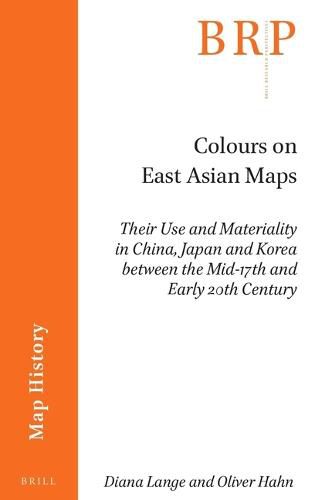Readings Newsletter
Become a Readings Member to make your shopping experience even easier.
Sign in or sign up for free!
You’re not far away from qualifying for FREE standard shipping within Australia
You’ve qualified for FREE standard shipping within Australia
The cart is loading…






With a multi-perspective approach and transdisciplinary methods (humanities and sciences), this book offers an in-depth and systematic study of hand-drawn and hand-coloured maps from East Asia. Map colouring provides an insight into past societies, landscapes and territories. Colour is an important key to a more precise understanding of the map's content, purposes and uses; moreover, colours are also an important aspect of a map's materiality. The material scientific analysis of colourants makes it possible to find out more about maps' material nature and their production as well as the social, geographical and political context in which they were made. 'Reading' colours in this way gives a glimpse into the social lives of mapmakers as well as map users and reveals the complexity of the historical and social context in which maps were produced and how the maps were actually made.
$9.00 standard shipping within Australia
FREE standard shipping within Australia for orders over $100.00
Express & International shipping calculated at checkout
With a multi-perspective approach and transdisciplinary methods (humanities and sciences), this book offers an in-depth and systematic study of hand-drawn and hand-coloured maps from East Asia. Map colouring provides an insight into past societies, landscapes and territories. Colour is an important key to a more precise understanding of the map's content, purposes and uses; moreover, colours are also an important aspect of a map's materiality. The material scientific analysis of colourants makes it possible to find out more about maps' material nature and their production as well as the social, geographical and political context in which they were made. 'Reading' colours in this way gives a glimpse into the social lives of mapmakers as well as map users and reveals the complexity of the historical and social context in which maps were produced and how the maps were actually made.